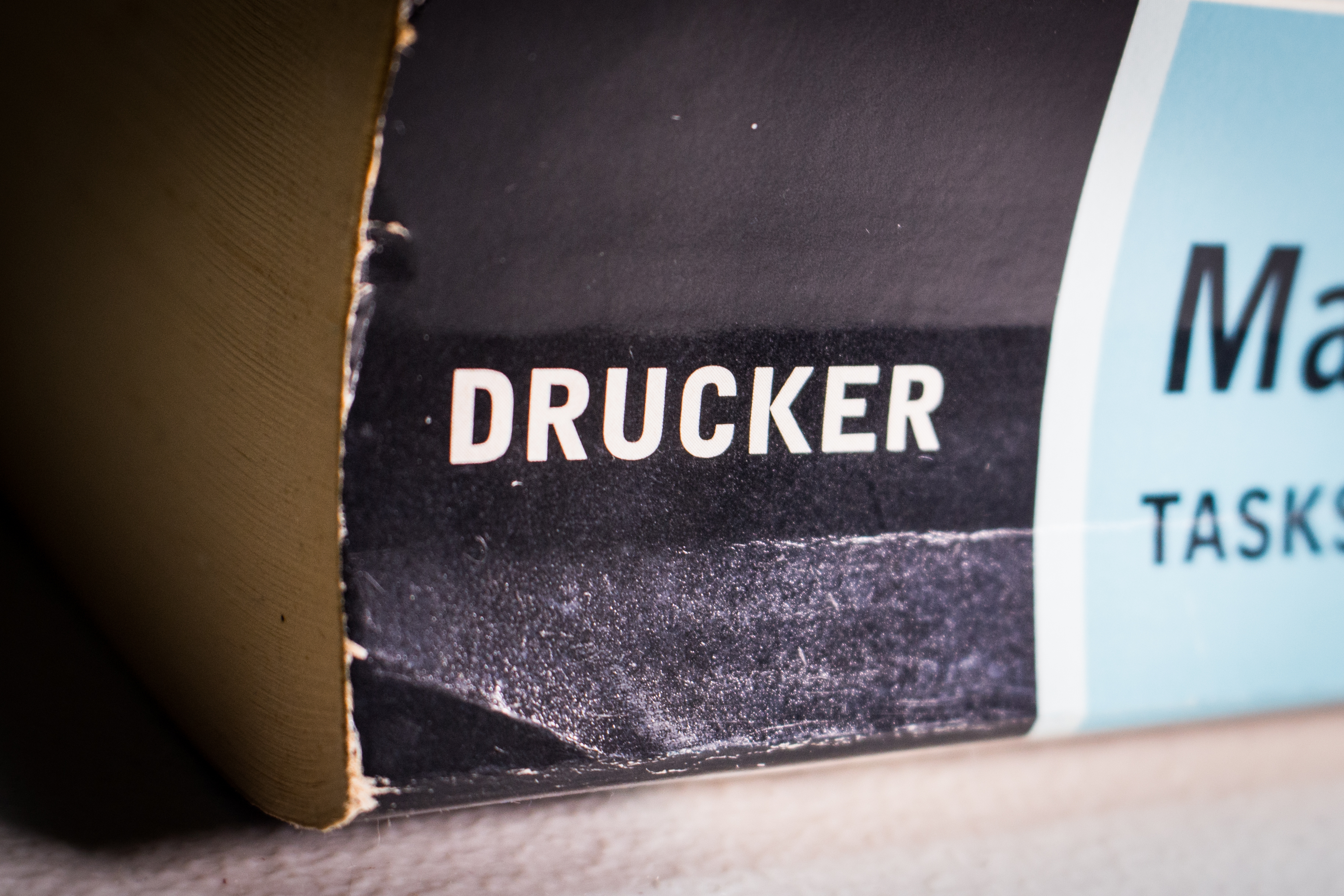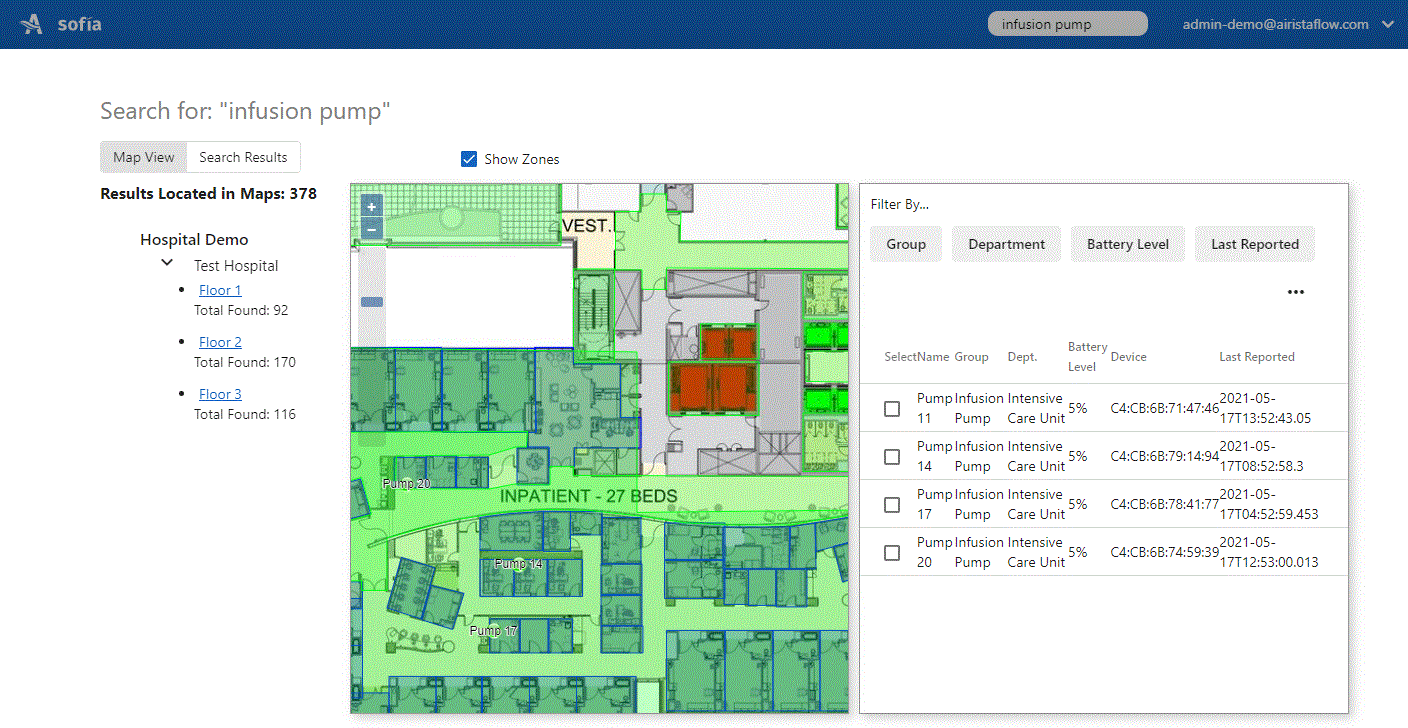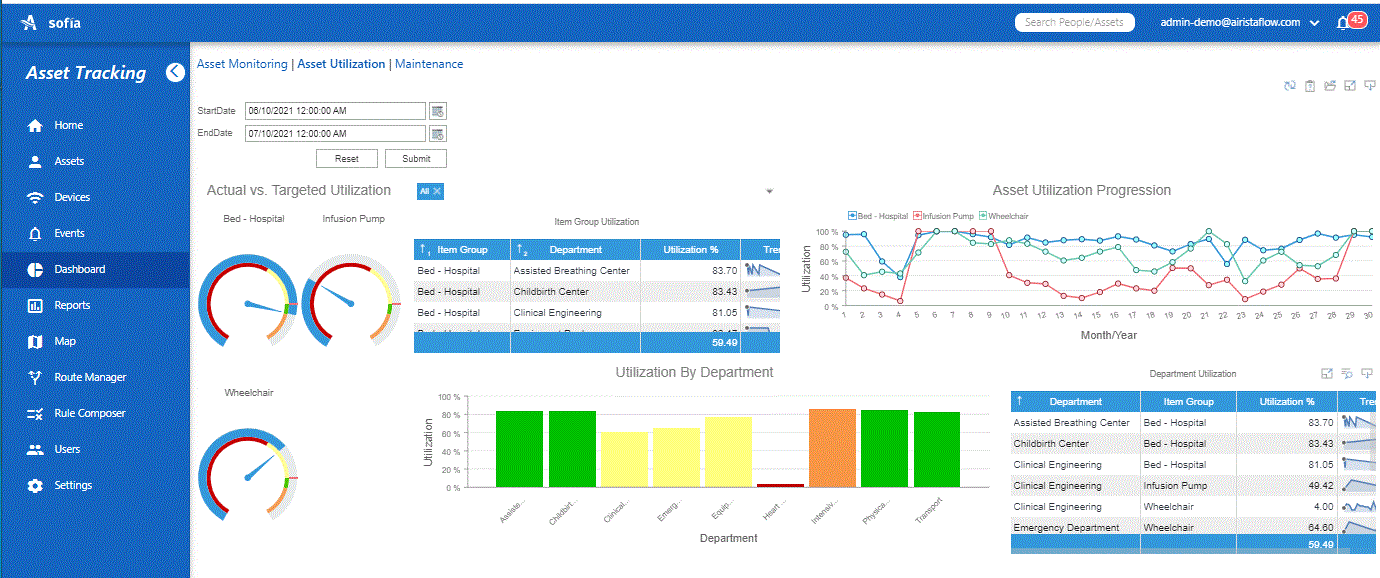The typical hospital has 35,000 inventory SKUs, but asset utilization is a disappointing 32%-38%.
The United States spends more on health care than any other country, approaching 18% of GDP. According to the Journal of the American Medical Association, “the estimated cost of waste in the US health care system ranged from $760 billion to $935 billion, accounting for approximately 25% of total health care spending.”[1] For perspective, this is more than the entire US Defense Department budget.
It’s an often-repeated claim that the utilization rate of hospital assets is between 32% to 38%.[2] Considering the average hospital has 35,000 inventory SKUs, there are significant savings if mobile assets can be tracked. As Peter Drucker cautioned “you can’t manage what you can’t measure”.
Top 6 Applications of Asset Tracking
 #1 Find the Nearest Equipment
#1 Find the Nearest Equipment
On average, nurses spend 20 minutes per shift searching for equipment. Over the course of a year, this translates to $500,000 in wasted time for the typical hospital.[3] The most common use of an asset tracking solution is to locate the nearest available item in real time.
#2 Par Level Adherence
Par levels allow users to set min & max inventory levels for a range of equipment. This might be required for regulatory reasons or simply to ensure sufficient quantities are available to meet demand. Configurable alerts would indicate an oversupply (perhaps other units are now missing wheelchairs) or an under supply (wheelchairs are not being returned fast enough). Alerts should be delivered using common tools such as email or texts. Underlying the idea of par levels is the ability to designate zones on a floor plan to delineate the boundaries of the unit.
#3 Asset Utilization
Utilization rates for hospital assets is roughly 35%. Many assets are underutilized because excess is built into the system to ensure available when needed. Hospitals tend to have 25% more mobile devices than used anywhere else. Considering there are now 14 devices at a patient bedside (up from 8 in 1995), efficient use of that equipment can save millions.[4] To measure utilization using an RTLS solution requires basic analytics in the platform and the ability to distinguish “use” in a variety of ways based on asset type; zone based utilization, motion base utilization, utilization derived from a 3rd party application.

#4 Inventory Accounting
As a CNO, CIO, or COO, a view of current inventory across the entire enterprise is challenging. Often inventory is recorded in islands of solutions at department levels. With visibility to all RTLS tagged assets, the RTLS system provides and instant count by asset class, assigned unit, and location. Inventory accounting also provides a practical way to identify and locate all assets of a particular class that must be rounded up due to a product recall or maintenance.
#5 Historic Pathing
With configurable tags, the rate at which a tag chirps a radio signal is settable. Each chirp is detected by the wireless infrastructure and its location plotted. When these “breadcrumbs” are associated with a time stamp, a trail of the paths taken over time emerges. These historic paths can be replayed as a visual tool for movement of assets as well as people. Historic pathing can also be used to identify potential hoarding situations. The same approach can be used when evaluating staff movement and time spent with patients.
#6 Theft Deterrence
Creating alerts when high value assets leave designated areas will deter theft and reduce shrinkage. This can be accomplished by creating virtual zones in the RTLS software platform, or setup proximity detection on either side of exits (referred to as choke points). Consider tamper proof tags what alert when removed from the asset. Software platforms should be able to integrate with building systems to turn on lights in the exit area and point security cameras for an instantaneous view of suspicious activity.
[1] William H. Shrank, MD, MSHS, Teresa L. Rogstad, MPH, Natasha Parekh, MD, MS, “Waste in the US Health Care System”, JAMA, October 2019
[2] Abdulsalam Y, Schneller ES. Hospital supply expenses: An important ingredient in health services research. Medical Care Research and Review. 2017; 1–13. https://doi.org/10.1177/1077558717719928. Published online July 24, 2017.
[3] The Importance of Equipment Efficiency for the Healthcare Sector, Kiran Ajaz, Electronic Health Reporter, March 2018
[4] The Importance of Equipment Efficiency for the Healthcare Sector, Kiran Ajaz, Electronic Health Reporter, March 2018





